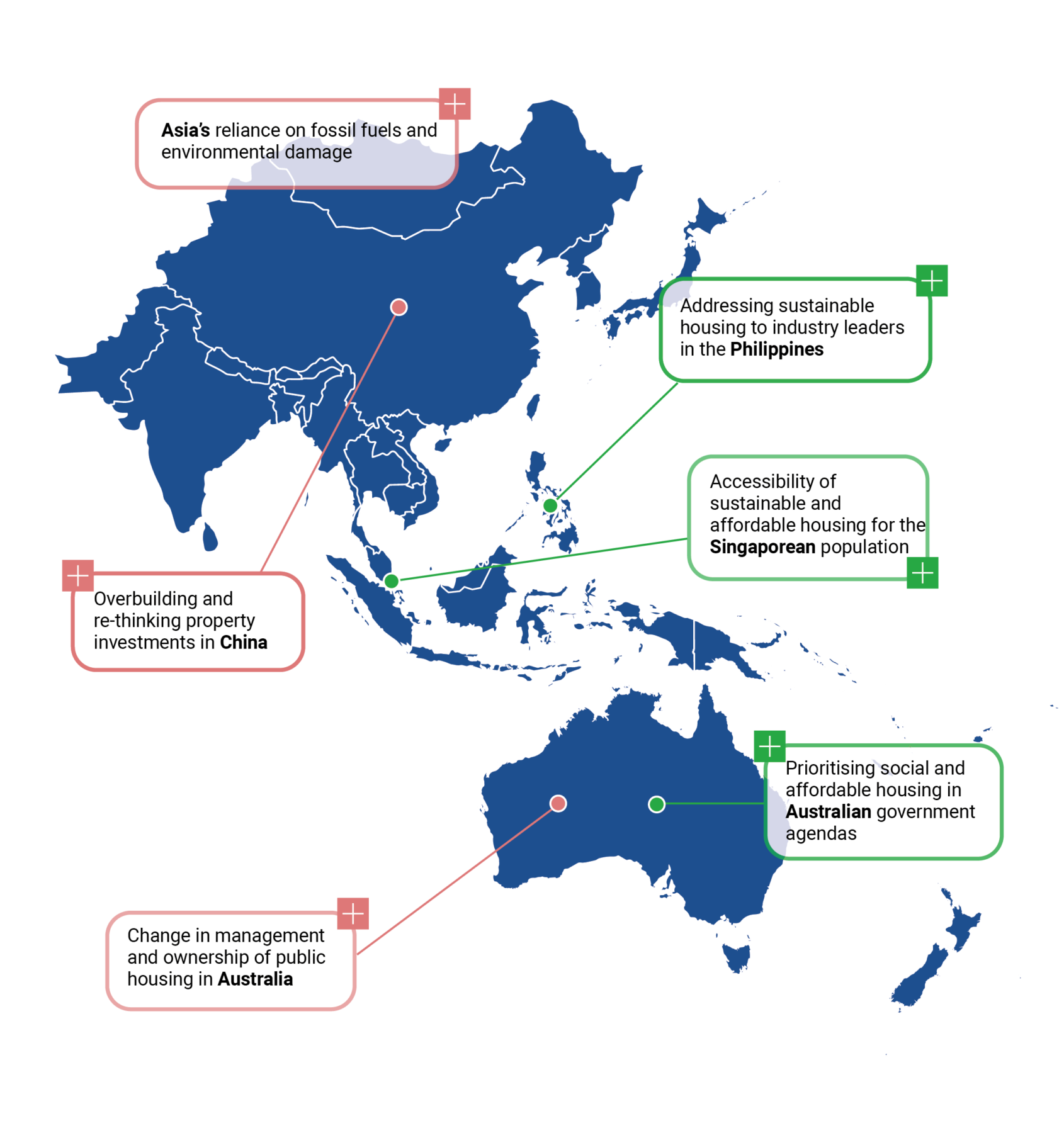Affordable and Low Income Housing in East Asia and the Pacific
Introduction
Housing remains a critical aspect of social and economic development, particularly in rapidly urbanizing regions. The provision of Low Cost Housing is a central concern for governments, policymakers, and urban planners seeking to ensure equitable access to shelter. This report highlights several key issues necessary for countries in the region to develop comprehensive and inclusive housing policies that address affordability, accessibility, and sustainability.

Data-Driven Approaches to Housing Policy
A fundamental step in formulating effective housing policies is improving the recording and tracking of demand and supply-side data on housing and land markets. Many countries lack robust data systems that can provide real-time insights into housing needs, price trends, and land availability. Developing comprehensive databases can help authorities plan for Low Income Housing by identifying underserved populations, forecasting demand, and ensuring efficient land allocation. Accurate data is essential in determining where housing interventions are needed most, especially for vulnerable communities reliant on affordable housing solutions.
Regulatory and Development Standards
An essential aspect of housing policy reform is the review of regulatory and development standards for new and existing construction. Overly stringent building codes and land use regulations often create barriers to the development of Low Income Housing by increasing costs and limiting land availability. Governments should consider streamlining approval processes, adopting flexible zoning laws, and encouraging mixed-use developments that integrate affordable housing with commercial and social infrastructure. Reforming these regulations can create an environment conducive to affordable housing projects while maintaining safety and quality standards.
Urban Land Acquisition Strategies
Urban land acquisition remains a significant challenge in the provision of affordable housing. Countries should explore various land acquisition techniques in partnership with civil society groups to facilitate the development of Low Income Housing. These strategies may include land pooling, land readjustment, and public-private partnerships (PPPs) that promote inclusive development. By engaging local communities and non-governmental organizations, authorities can ensure that land acquisition processes are fair, transparent, and beneficial for all stakeholders. Innovative land policies can also help prevent informal settlements and promote organized urban growth.
Enhancing Rental Housing Options
Homeownership has traditionally been promoted as the primary form of housing security. However, rental housing plays an equally vital role in ensuring access to shelter, particularly for low- and middle-income households. To make rental housing more accessible, governments must support a diversity of tenure forms, including private and nonprofit rental options. Encouraging the development of Low Income Housing in the rental sector can provide flexible and affordable living arrangements, reducing the financial burden on households. Expanding rental housing options also ensures that urban populations have mobility and access to employment opportunities without the need for long-term mortgage commitments.
Addressing Housing Affordability
One of the main objectives of housing policies in the region should be to lower rental housing expenditures to no more than a third of net household incomes. High rental costs force families to allocate disproportionate portions of their earnings to housing, limiting their ability to invest in education, healthcare, and other essential needs. Implementing Low Income Housing initiatives that cap rental prices, provide subsidies, and incentivize affordable housing construction can alleviate this burden. Governments must also explore financial instruments such as microfinance and housing cooperatives to make affordable housing more attainable for disadvantaged groups.
The Role of Public and Private Sectors
Both public and private sectors have critical roles to play in addressing housing challenges. Governments must take the lead in policy formulation, regulation, and infrastructure development, while private developers bring innovation, efficiency, and investment. A balanced approach that fosters collaboration between these entities can accelerate the development of Low Cost Housing. Encouraging private sector involvement through tax incentives, reduced land costs, and streamlined permit processes can make affordable housing projects more attractive and feasible.
Sustainable Housing Solutions
Sustainability must be a core principle in housing policies to ensure long-term viability. Low Income Housing should incorporate environmentally friendly building materials, energy-efficient designs, and water-saving technologies. Green building initiatives can reduce operational costs for residents while minimizing environmental impact. Governments should promote sustainable construction practices through subsidies, grants, and policy frameworks that support climate-resilient housing development. Ensuring sustainability in Low Income Housing projects will contribute to resilient urban communities that can withstand economic and environmental challenges.
Conclusion
Developing comprehensive and inclusive housing policies is crucial for addressing housing challenges in rapidly urbanizing regions. By improving data collection, reforming regulations, implementing innovative land acquisition strategies, and enhancing rental housing options, countries can make significant progress in providing Low Cost Housing for all. Affordability, sustainability, and collaboration between public and private sectors must remain at the forefront of housing strategies. Only through a multi-faceted approach can governments ensure that housing remains accessible, affordable, and equitable for future generations.
For further reading:
Access to affordable and low-income housing in East Asia and the …
